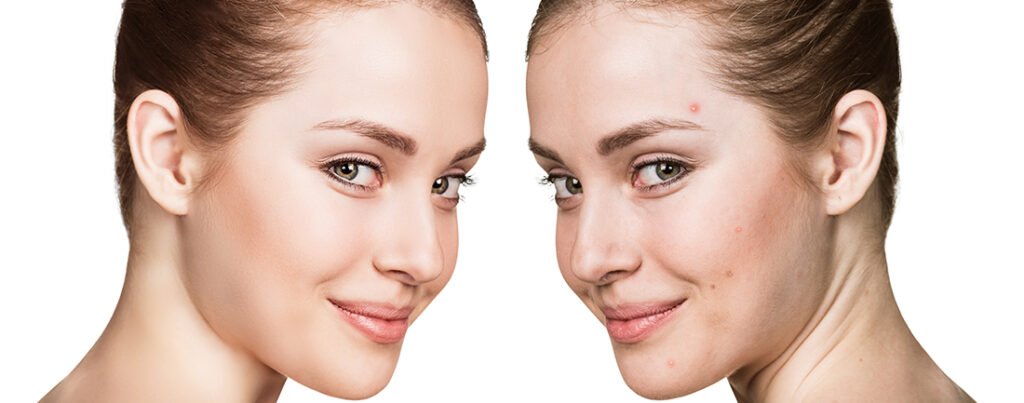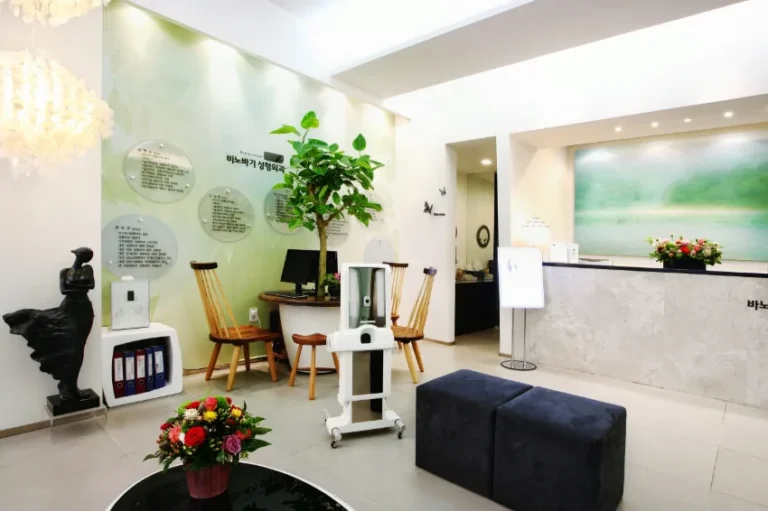Acne laser treatments are widely used in Korea for patients looking to reduce active breakouts, control oil production, and minimize scarring. While these procedures are generally safe and highly effective when performed by trained Korean dermatologists, medical patients should still be aware of possible side effects.
Knowing what’s normal, what’s temporary, and what requires medical attention can help you feel more confident and prepared before undergoing treatment. In this article, we’ll explore the common and rare side effects of acne laser therapy as seen in Korean dermatology clinics—along with tips to minimize risks.
🔍 Understanding the Nature of Acne Laser Treatments
Laser treatments work by targeting:
- Sebaceous (oil) glands
- Inflammation
- Acne bacteria (P. acnes)
- Post-acne pigmentation or redness
- Shallow scarring and texture irregularities
Types of lasers used in Korean clinics for acne include:
- LDM (Local Dynamic Micromassage)
- Gold PTT Laser
- IPL (Intense Pulsed Light)
- PDL (Pulsed Dye Laser)
- Erbium Glass (for post-acne scars)
Each device operates differently, and side effects may vary depending on your skin type, sensitivity, and laser type used.
✅ Common, Temporary Side Effects (Expected)
These side effects are normal and short-lived, typically resolving within a few hours to a few days:
1. Redness (Erythema)
- How long it lasts: A few hours to 2–3 days
- Why it happens: Mild inflammation caused by heat or light energy
- What to do: Apply a cold compress, avoid heat exposure, and use calming creams (e.g., Centella, panthenol)
🗣️ Korean doctors often use LDM therapy post-laser to calm redness faster.
2. Mild Swelling
- How long it lasts: Usually less than 24–48 hours
- Why it happens: A natural response to heat or minor injury during treatment
- What to do: Elevate your head while sleeping, use cool aloe-based sheets or masks
3. Dryness and Tightness
- How long it lasts: 2–5 days depending on the treatment strength
- Why it happens: Lasers can temporarily disrupt the skin barrier
- What to do: Use barrier repair creams with ceramides and avoid over-cleansing
4. Skin Flaking or Peeling
- How long it lasts: 3–7 days (especially after fractional or resurfacing lasers)
- Why it happens: Damaged or old skin cells are being shed to reveal smoother skin
- What to do: Don’t pick or scrub—just keep skin moisturized and let it slough off naturally
5. Increased Sun Sensitivity
- Duration: Up to 1–2 weeks post-treatment
- Why it happens: The skin is healing and more vulnerable to UV rays
- What to do: Wear SPF 50+, avoid direct sunlight, and use a wide-brimmed hat or parasol
⚠️ Less Common, But Manageable Side Effects
These reactions are less frequent and typically resolve with proper care or dermatological support:
6. Temporary Breakouts or “Purging”
- Why it happens: Skin turnover accelerates, pushing clogged debris to the surface
- When it occurs: Within 2–5 days of laser treatment
- How to manage: Avoid popping pimples; use soothing spot treatments and consult your clinic if it worsens
💡 Korean clinics may prescribe a short-term antibiotic cream or calming gel to reduce purging.
7. Hyperpigmentation (PIH)
- Who is at risk: Patients with darker skin tones (Fitzpatrick IV–VI), or who had recent sun exposure
- How it presents: Brown or grayish patches where treatment occurred
- How to prevent: Use sunscreen religiously, avoid scratching, and use brightening products like arbutin or niacinamide under guidance
🧴 Many Korean dermatology clinics provide a melanin-reducing cream as part of post-laser aftercare.
8. Hypopigmentation (Light Patches)
- Rare and typically temporary, this occurs when melanocytes are suppressed by aggressive lasers
- Most common with deep resurfacing lasers (not typical in acne-only treatments)
🚨 Rare but Serious Side Effects (Seek Medical Attention)
These side effects are very rare in professional Korean settings but should be addressed immediately if they occur:
9. Infection
- Signs: Pus, worsening pain, spreading redness, fever
- Causes: Poor hygiene, improper aftercare, scratching healing skin
- What to do: Contact your clinic or a medical provider promptly. You may need antibiotics.
10. Burns or Blistering
- Signs: Severe redness, swelling, skin tenderness, fluid-filled blisters
- Causes: Incorrect settings, sensitive skin reactions, poor technician training
- Prevention: Always choose board-certified Korean dermatologists and avoid discount spas without medical oversight
11. Scarring
- Extremely rare with modern, non-ablative lasers used for acne
- Risk increases with improper aftercare or picking at healing spots
- Early treatment with scar gel or microneedling may help if this develops
🧴 Korean Clinics: Post-Laser Protocols to Minimize Side Effects
Top clinics in Seoul and Busan use advanced techniques to minimize complications, including:
- Skin cooling and LDM therapy immediately post-laser
- Prescribed barrier repair creams
- Sterile sheet masks to calm skin
- Antibiotic or anti-inflammatory creams when needed
Korean aftercare kits may include:
| Product Type | Purpose |
|---|---|
| Soothing gel or essence | Calms redness, supports healing |
| Barrier cream | Repairs moisture barrier |
| Mild SPF 50+ sunscreen | Protects vulnerable skin from UV |
| Hydrating mask | Reduces dryness and irritation |
🧳 For Medical Tourists: What to Know
If you’re traveling to Korea for acne laser treatments:
- ✅ Plan to stay at least 3–5 days for observation post-treatment
- ✅ Ask the clinic for a written aftercare guide in English, Chinese, or Japanese
- ✅ Pack your own gentle skincare (no retinoids or acids)
- ✅ Book a follow-up before leaving or schedule a virtual consult
📌 Quick Summary: Side Effects Table
| Side Effect | Frequency | Duration | Action Needed |
|---|---|---|---|
| Redness | Very common | 1–3 days | Cooling, barrier cream |
| Swelling | Common | 1–2 days | Elevation, cold compress |
| Flaking | Common | 3–7 days | Moisturizer, no picking |
| Purging | Less common | Few days | Spot care, wait it out |
| PIH | Less common | Weeks-months | Sunscreen, brightening cream |
| Infection | Rare | Until treated | See doctor immediately |
| Scarring | Extremely rare | Varies | Prevent picking, early care |
👩⚕️ Final Thoughts from Korean Dermatologists
“Acne lasers are safe and effective when done correctly, but patients must understand that redness or dryness doesn’t mean something went wrong—it’s part of the healing process,” says Dr. Kim Hye-Jin, board-certified laser specialist in Seoul.
Choosing a reputable Korean clinic, following aftercare instructions, and being realistic about side effects are the best ways to ensure a smooth recovery and great results.




